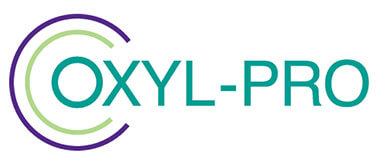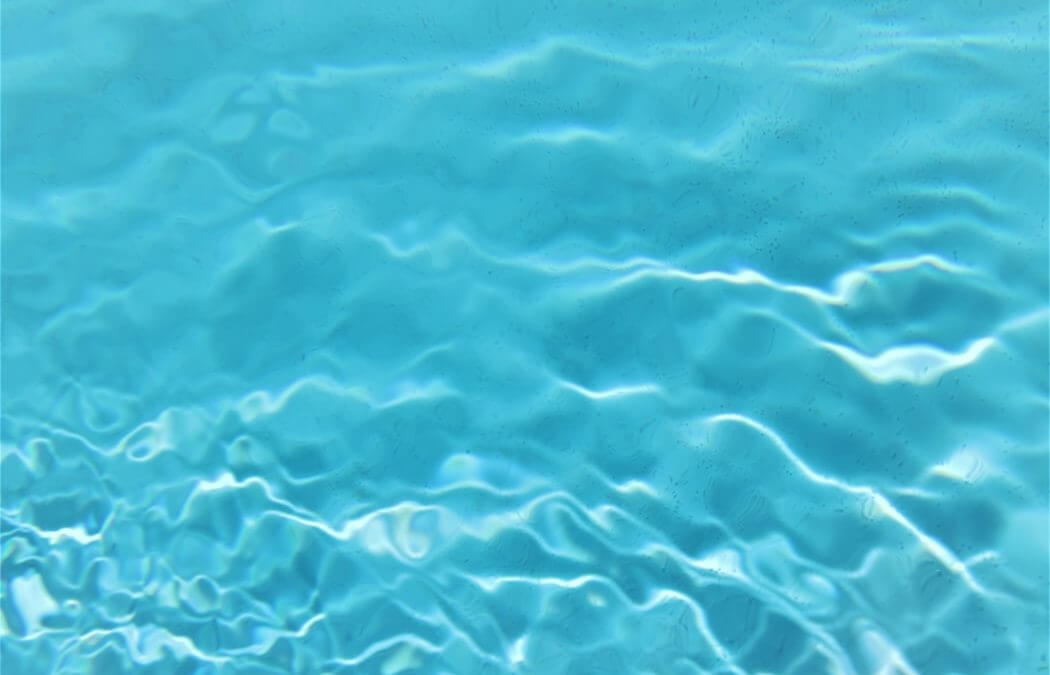The most common water disinfectant, on a global scale, is chlorine.
It is routinely added to public water supplies, and most of us will be familiar with it from visits to the swimming pool.
But how effective is chlorine in killing bacteria? How long does it take? And how much do you need to use? Plus, are there alternatives?
How does disinfection work?
Many diseases that come from contaminated water are caused by bacteria from micro-organisms.
Disinfectants can interfere with the metabolism of microbes, or destroy their cell walls. Disinfectants are chemical agents with formulas that contain active ingredients to destroy bacteria, fungi, viruses, mould and mildews.
Chlorine, as a disinfectant, can kill a large variety of microbial waterborne pathogens.
It has virtually eliminated waterborne diseases in many countries, including the United States. One example is typhoid fever.
Typically, chlorine acts in the following way as a disinfectant:
- It disrupts the cell wall barrier of its target by reacting with target sites on the cell surface
- This causes the cell to release vital parts of its makeup which causes termination of the cell’s membrane-associated functions,
and
- Termination of cellular functions in the cell.
These activities eventually cause the death of the micro-organism and it is then no longer able to grow or cause disease.
But, as a disinfectant, chlorine has both advantages and disadvantages.
Advantages of chlorine
- Chlorine is a versatile disinfectant, which comes in different forms, such as liquid, gas and powder.
- It is widely available and relatively inexpensive.
- Chlorine dissolves easily in water and is effective against a broad range of disease-causing micro-organisms.
- It also provides residual disinfection, because some of it remains in the water after it has destroyed all possible organisms. Where you test water and find free chlorine, this is an indicator that it has removed the most dangerous organisms in the water. It helps to prevent recontamination.
Disadvantages of chlorine
- For chlorine to be effective against some organisms, it requires higher doses and longer contact times.
- It will not be effective penetrating silt and other organic particles suspended in water.
- It cannot remove the pathogen cryptosporidium, which requires other disinfection methods.
- As a powerful oxidising agent, you must handle chlorine carefully, especially regarding the risk of breathing in chlorine fumes.
- If you add it to drinking water in too high a dose, it can leave an unpleasant taste.
- It is classed as an environmentally hazardous substance.
How effective is chlorine?
The disinfection process using chlorine will only work if the chemical comes into direct contact with organisms.
Therefore, if water contains particles such as silt, the chlorine may not reach the bacteria in it.
With cryptosporidium, the micro-organisms have thick outer walls which helps protect them against direct contact with chlorine.
Chlorine will disinfect a water supply, but it will not purify it, and, as well as cryptosporidium, there are other contaminants that it cannot remove, including chemical contaminants.
How long does chlorine take to work?
One potential drawback for using chlorine as a disinfectant is that it takes time to kill bacteria.
In water supplies, if the water is at 18°C or above, the chlorine will need to be in contact with it for at least 30 minutes. If the water is colder, you will need to increase this contact time.
This is why the normal process is to add chlorine to water as it enters a storage tank or long delivery pipeline, to give it time to act before the water supply reaches the consumer.
However, chlorine will work faster against some bacteria and germs than others, depending on its concentration.
For example, according to the Centres for Disease Control and Prevention (CDC), E coli will die in less than a minute when exposed to chlorine in a swimming pool; but it takes 16 minutes to kill the hepatitis A virus.
Chlorine solutions should vary in concentration, depending on their application.
The effective use of chlorine is also highly dependent on temperature and pH. Temperatures that are too high or too low will render the chlorination ineffective. The best pH for chlorine is between 6.5 – 7.5.
How much chlorine should you use in disinfection?
Chlorine has multiple uses as a disinfectant, but the amount you should use will vary depending on where you apply it.
The same chlorine treats drinking water as swimming pools, but in different concentrations.
- In drinking water, this is 0.2mg–1mg per litre.
- In hot tubs, it is 1mg–3mg per litre.
- For cleaning surfaces, chlorine bleach should be a 1:10 ratio.
Are there alternatives to chlorine?
There are various alternative ways of sterilising water, particularly for use with livestock.
These include applying UV radiation and reverse osmosis.
An alternative chemical disinfectant is hydrogen peroxide, and now there is a method of stabilising this chemical that ensures it is both food-safe and highly effective.
Oxyl-Pro is a disinfecting and decontaminating agent for water based on hydrogen peroxide stabilised using a revolutionary encapsulation process.
It is stable and fast-acting, destroying biofilms and micro-organisms in water supplies.
Oxyl-Pro will rapidly kill bacteria such as legionella, listeria and pseudomonas, and is completely effective at temperatures up to 90°C, and pH range of 2–10.
For more information about the Oxyl-Pro product range, please complete our contact form, call us today on +44 1606 851 782, or email enquiries@oxylpro.com

